Anyone’s patience can wear thin if they’re surrounded with the constant buzzing of flies. Waving your hands around to unsuccessfully swat them away can make you look quite ridiculous. In such situations, knowing how to get rid of flies can come in real handy. So instead of a swatter, arm yourself with some know-how to get rid of flies.
Really, the only advantage that small insects like flies have against us is their sheer reproduction prowess. The average life span of flies is around one month and they multiply like crazy during that time. The result is the never-ending population that you wage war against.
Speed is one of the other physical attributes that gives some varieties of flies a distinct advantage over others. Remember how you seldom have luck while trying to swat a fly away?
To get rid of flies effectively, you need to target their natural weaknesses. Flies are naturally attracted to light and smell. They are also repelled by strong scents of some herbs and essential oils. You can use these facts to trap, kill or repel flies.
Here are four methods to get rid of flies quickly inside and outside.
Contents
Method 1: Use DIY Fly Trap
With a little effort, you can build your own fly trap. You can place the trap indoors or outdoors to trap the pesky flies and get rid of them.
These contraptions trap the flies by using their basic instincts against them. Their powerful affinity to the stimulus of odor and light draws them into the trap. They’re rarely able to escape and can be disposed of at your convenience.
The sweet and irresistible smell of fermentation provides the odor, drawing the flies to enter the trap through the holes in the plastic wrap.
If you’re worried that the flies may escape the same way, rest assured that they won’t be able to. That’s because the stimulus of light is going to work against them. For them, the entire plastic wrap is going to look like an invisible wall. They’ll be unable to distinguish where the holes are and there won’t be any strong scent to guide them out.
#ACV Trap
Apple cider vinegar (ACV) is basically fermented apple juice. Rotting or fermenting fruits are nothing short of a delicacy for flies. It’s the perfect bait to lure in a variety of flies.
Adding a little dish soap to the ACV will make the trap deadlier. Dish soap will break the surface tension of the liquid, making the flies sink on contact and eliminating any chance of survival.
Things you’ll need:
- Apple cider vinegar (smell of ACV attracts flies) – 2 cups
- Liquid dish soap (flies sink and drown in dish soap) – 1 tablespoon
- Mason jar
- Plastic wrap
- Toothpick
Step 1. Mix ACV and dish soap in a Mason jar
- Pour 2 cups of ACV into a Mason jar.
- Add 1 tablespoon of liquid dish soap to it.
Step 2. Secure the mouth of the jar with plastic wrap
- Stretch a piece of plastic wrap over the mouth of the Mason jar, sealing it completely.
Step 3. Poke several holes into the plastic wrap
- To allow the flies to enter the trap, use a toothpick to make multiple punctures in the plastic wrap. The smell of ACV coming through the holes will direct them into the trap.
Place this trap wherever you need to manage a fly menace. Once the flies are trapped and dead, you can easily dispose of them and clean up the Mason jar.
#Fruit Trap
A fruit trap works in a similar way to that of the ACV trap. Instead of ACV, you just make use of overripe or rotten fruit. Make sure that the fruit you use is at least a little over its ‘use by’ date.
While this trap doesn’t kill the flies on contact, it effectively captures them. You can then decide how to dispose of them. This trap is also comparatively cheaper than the previous one. All you need is to place the already rotting fruit in the bowl and save that ACV for health and beauty uses.
Things you’ll need:
- Fruit, overripe or rotten (flies are attracted to rotten food)
- Bowl
- Plastic wrap
- A pair of scissors
- Toothpick
Step 1. Place chopped up rotten fruit in a bowl
- Peel and roughly chop up whatever rotten fruit you’ll be using.
- If the fruit has become too disgusting to be peeled or chopped, just break it completely into pieces before placing it in the bowl so as to attract the flies.
Step 2. Cover the bowl with plastic wrap
- Stretch the plastic wrap tightly over the top of the bowl to seal it completely.
Step 3. Poke several holes into the plastic wrap
- Poke several holes into the plastic wrap with a toothpick to allow the smell of the rotten fruit to escape. The flies will be led through the holes and into the trap by the rotting fruit smell.
- Place the fruit trap wherever flies are rampant.
- Once sufficient flies are trapped, submerge the whole thing into soapy water for a few minutes to kill the flies.
- Rinse out the bowl and set the trap again.
- You can also make several traps and place them strategically in and around your house to make the entire house free of flies.
Method 2: Use DIY Fly Repellent Spray
Another way to keep flies at bay is using a repellent spray. Many people seem to be more comfortable spraying repellent to get rid of pests. That’s one of the reasons that bug sprays do so well in the market.
But you may not want to expose yourself, your family or pets to the harmful chemicals present in the chemical-based bug sprays. You can take a cue from nature and make a homemade fly repellent spray instead.
A soapy solution, which is the base of the spray, can be used to kill a variety of insects along with flies. Both the essential oils, peppermint as well as lemongrass, have a strong scent that repels flies. So this spray can kill the flies as well as keep them at bay.
Things you’ll need:
- Water – 1 cup
- Liquid dish soap, diluted – 2 tablespoons
- Peppermint essential oil (essential oil repels flies) – 10 to 12 drops
- Lemongrass essential oil (fly repellent) – 10 to 12 drops
- Spray bottle
Step 1. Pour dish soap and water in a spray bottle
- Pour 1 cup of water into a spray bottle. You can use a funnel to pour the water into the bottle’s narrow mouth without spilling.
- Add 2 tablespoons of diluted liquid dish soap to the bottle through the funnel.
Step 2. Add essential oils to it
- Next, add 10 to 12 drops of peppermint essential oil to the spray bottle.
- Add in 10 to 12 drops of lemongrass essential oil as well.
- Close the bottle and give it a few shakes to mix the ingredients well.
Use the spray to kill the flies on contact. You can also spray your house to deter flies and keep them from entering in the first place. Spray every 2 weeks as a preventive measure.
Method 3: Use Lavender Essential Oil
Lavender is another herb that can be used to deter a variety of flies. It is a popular bug repellent that earns favor due to the calming aroma it leaves in its wake.
Using the oil in a sponge maintains its potency and makes the setup spill-proof. The entire setup can be replenished at your convenience.
Things you’ll need:
- Lavender essential oil (its strong scent keep the flies away)
- Sponge
- Jar or can with a lid
Step 1. Apply lavender oil on the sponge
- Apply several drops of lavender essential oil on the sponge so that it smells strongly of it.
Step 2. Place the lavender-scented sponge into the jar
- Place the lavender-scented sponge into the jar and screw on the lid tightly.
- Keep it covered for several hours or overnight, so that the smell comes out in a concentrated form when you open the jar.
Place the jar with its lid slightly open wherever there is a fly menace. The strong scent will drive away the flies. When the smell starts waning, you can replenish the lavender oil in the sponge.
Method 4: Use Cloves and Lemon
Cloves have a subtle scent that flies detest. When you combine this pungent nail-sized spice with lemon, you get an all-natural fly repellent that’s as effective as it is safe.
This fly repellent can be used anywhere, but it’s best for deterring flies away from your kitchen and dinner table. Compared to the other fly traps and deterrents, this is the safest option to be used near food. It also has a visual appeal and can easily be placed among plates of food without any problem.
Things you’ll need:
- Lemon (natural bug deterrent)
- Cloves (flies detest the scent of cloves)
Single-Step Treatment: Insert cloves into the pulp of the lemon
- Cut a fresh lemon into halves.
- Stick the cloves into the pulp of the lemon halves, keeping the bulbs on the surface.
You can place this arrangement on a food table to deter flies whenever eating outside.
Tips
- Be sure to wash the Mason jar or glass bowl with hot soapy water before using it again.
- With repeated use, the rotting traps with dead files will start looking and smelling increasingly disgusting. While the fly traps remain effective and can easily be reused until they become chock full with dead flies, you may want clean them out periodically.
- Plant peppermint, lavender and lemongrass around your house, if possible. These plants will also help keep the outdoor flies away from your house.
- You can also make a potpourri of the dry herbs of lavender, lemongrass and peppermint to deter flies.
- Citronella and eucalyptus essential oils can also be used to keep flies and other insects at bay.





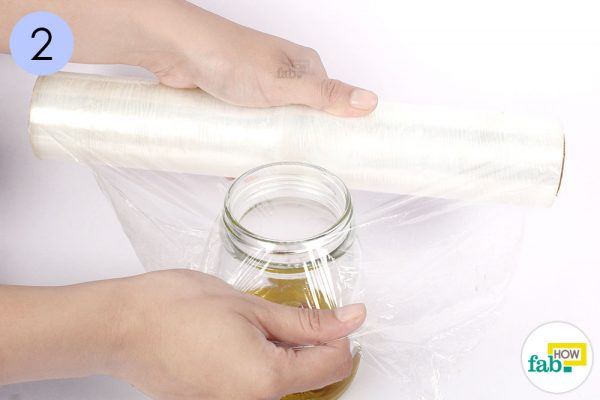

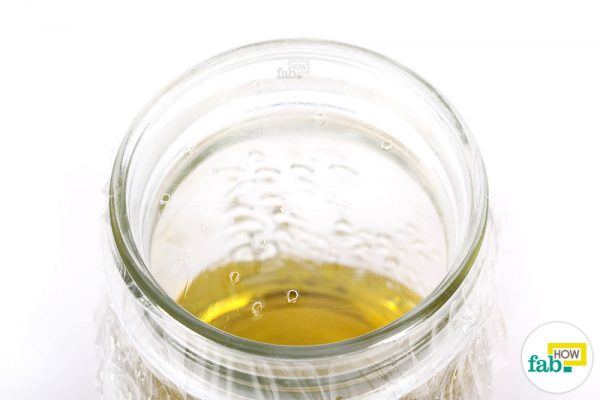
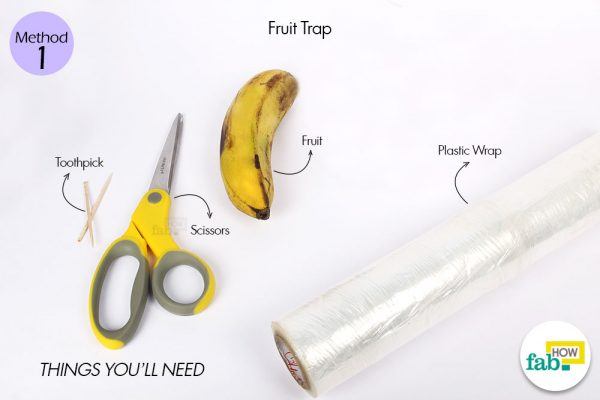



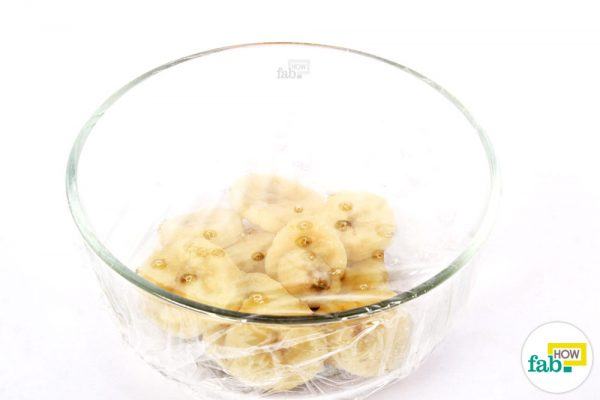
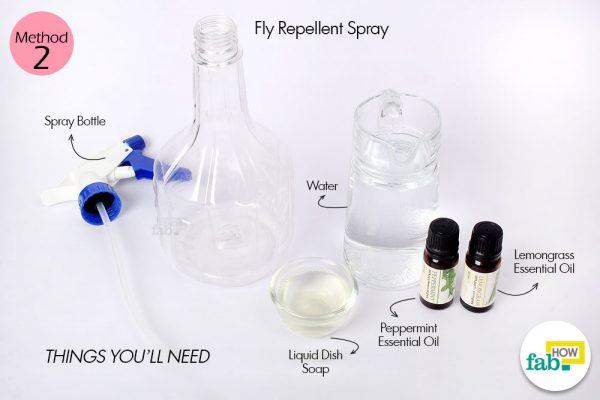


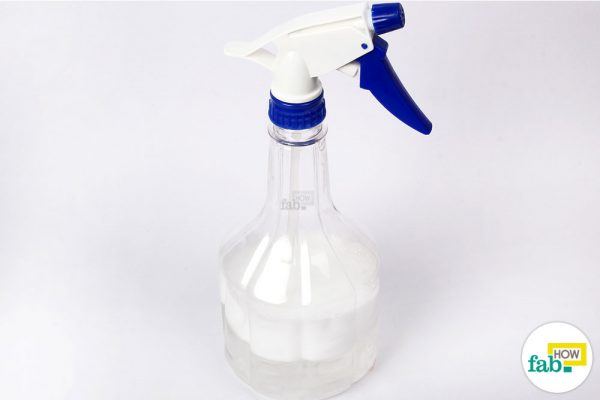




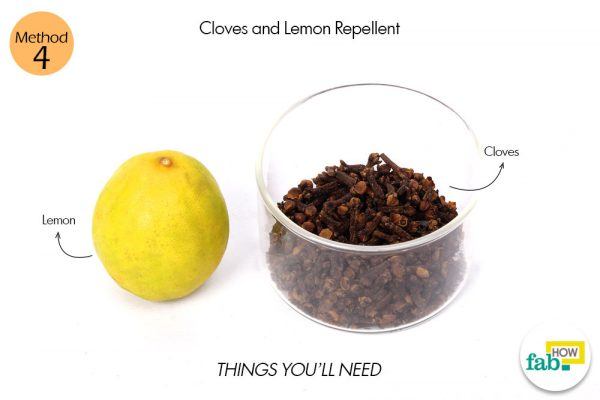

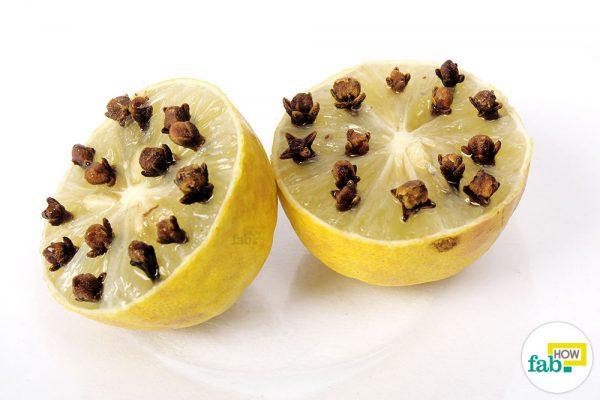
Need help on how to cure skin fungus???